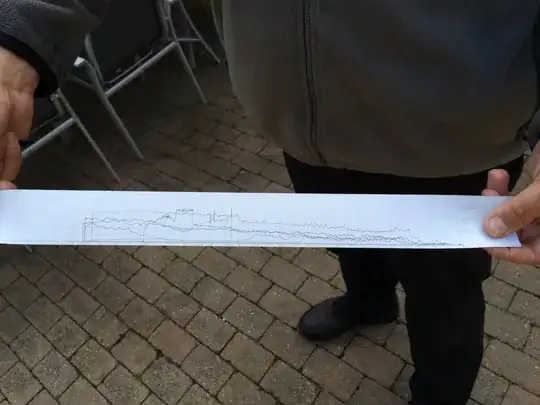I have a very nice oak tree in my backyard that is about 100-150 years old. The tree is in a good visual shape and we trim it about every two years.
However, there is a wound on tree's stem, about 25 feet up from the ground. We hired an arborist who performed "resistograph" testing and says there is over 35% decay at this place and it needs to be removed.
Resistograph results are attached in the picture. Does it really need to be removed? Or should we get a second opinion?
(click on the image to get the fullres version for readability)
